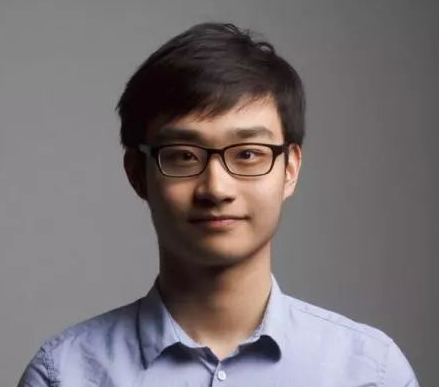Changran Hu, Data Science Intern: Data and AI, Microsoft
Changran Hu (MIMS ’21) spent the summer of 2020 as a data science intern at Microsoft. He shares a typical day in his internship and how the experience changed his career interests.
Describe a typical day at your internship.
9:30 – 11:30 am: As an ML (machine learning) applied scientist, the first thing that I do is examine the ML models I trained last night and record necessary data. After that, I normally do data mining for 1-2 hours to prepare the training of the next ML model.
11:30 am – 1:30 pm: During lunchtime, we have one or two events every week. In the past, it was a research paper reading group, but now after working from home, our manager added a new event called “Folktales from near to far,” where every week a colleague could share their culture and language.
1:30 – 4:30 pm: I usually have four to five meetings a day. Most of them are one-on-one so that I can sync up with my mentor and other team members, and discuss our current progress and plan. We have two group meetings with the whole team: everyone will share their recent work in 1-minute, and then one of our colleagues gives a short presentation about their project or on good papers published recently.
4:30 pm: I know several papers that are related to my work which I look at after my meeting. Before I finish my work for that day, I start doing some new experiments with the data that I cleaned in the morning.
What was the most valuable thing you learned at your internship?
I learned how to do research in an industry environment. When doing research in school, it is usually the student himself doing a project with an advisor, and the goal could be relatively free. When doing research in industry, you have a group of people digging the same area with you, so it is easier to get help and suggestions from team members. Also, the topic of research should be more related to the product. I was working in the data and AI team under Visual Studio, so most of the work was related to the combination of natural language and programming languages.
What was the biggest challenge?
The biggest challenge actually comes from the research topic itself. Usually, people will have an intuitive feeling about a hypothesis or direction, and sometimes things will not work out at the first trial. So it is tricky to tell whether it is me not finding the right approach or it is just not doable.
I spent the first seven weeks focused on a specific direction and nothing came out; I barely had results to present at my midterm presentation. But after two more weeks of exploration and reading related work, I finally had some findings about the topic.
How did your work at the I School prepare you for this role?
As an international student who has been in the US for less than a year, I would say the most challenging skill is communication. After all my I School courses and activities and communicating with professors during lectures and with classmates during group discussion, I am now much more comfortable and confident when communicating with other people.
Additionally, a lot of skills that I used during my internship I actually learned from I School courses, especially Natural Language Processing and Applied Machine Learning. This knowledge and experience prepared me better for my internship.
Any advice for first year MIMS students as they prepare for their internships?
Go and talk with second years and alumni in our program, we experienced a lot of things in common.
The I School is a very inclusive and supportive community. Any time you get in some trouble, you can reach out to us, and we are willing to help and do what we can.
Did your internship influence your career plans after graduation?
Yes. Before the internship, I wanted to be a software engineer focused on ML. Now I want to do more research; I want to be an applied scientist doing research about NLP.










